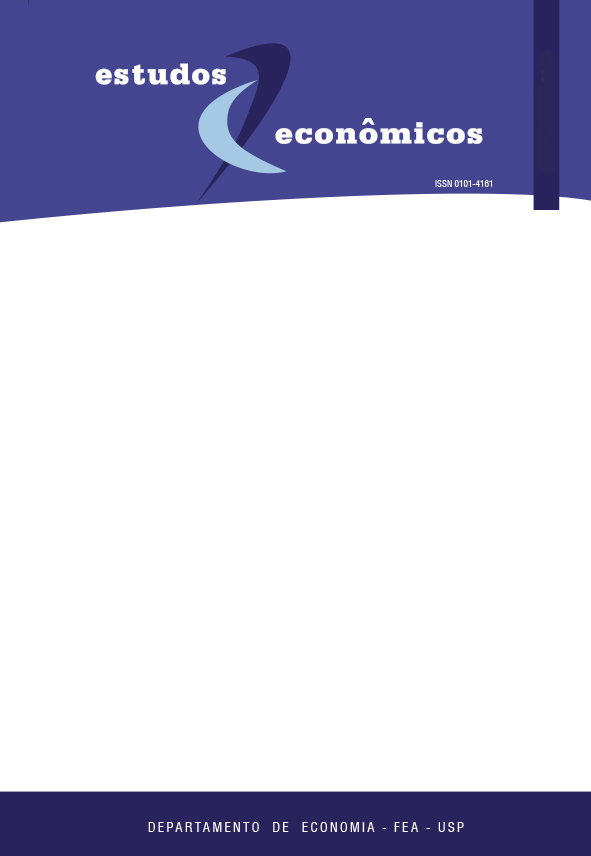Factors affecting the student evaluation of teaching scores: evidence from panel data estimation
DOI:
https://doi.org/10.1590/S0101-41612012000100005Keywords:
student evaluation score, random-effects model, undergraduate, rankingAbstract
We use a random-effects model to find the factors that affect the student evaluation of teaching (SET) scores. Dataset covers 6 semesters, 496 undergraduate courses related to 101 instructors and 89 disciplines. Our empirical findings are: (i) the class size affects negatively the SET score; (ii) instructors with more experience are better evaluated, but these gains reduce over time; (iii) participating in training programs, designed to improve the quality of teaching, did not increase the SET scores; (iv) instructors seem to be able to marginally 'buy' a better evaluation by inflating students' grade. Finally, there are significant changes in the rankings when we adjust the SET score to eliminate the effects of variables beyond instructors' control. Despite these changes, they are not statistically significant.
Downloads
References
Gramlich, E. and Greenlee, G. (1993). “Measuring Teaching Performance”. The Journal of Economic Education 24(1): 3-13.
Hamermesh, D. and Parker, A. (2005). “Beauty in the Classroom: Instructors’ Pulchritude and Putative Pedagogical Productivity”. Economics of Education Review 24: 369-376.
Isely, P. and Singh, H. (2005). “Do Higher Grades Lead to Favorable Student Evaluations?” The Journal of Economic Education 36(1): 29-42.
Mason, P., Steagall, J. and Fabritius, M. (1995). “Student Evaluations of Faculty: A New Procedure for Using Aggregate Measures of Performance”. Economics of Education Review 14 (4): 403-16.
McPherson, M. (2006). “Determinants of How Students Evaluate Teachers”. The Journal of Economic Education 37(1): 3-20.
McPherson, M., Jewell, R. and Kim, M. (2007). “What Determines Student Evaluation Scores? A Random Effects Analysis of Undergraduate Economic Classes”. mimeo.
Nelson, J. and Lynch, K. (1984). “Grade Inflation, Real Income, Simultaneity, and Teaching Evaluations”. The Journal of Economic Education 15 (Winter): 21-37.
Seiver, D. (1983). “Evaluations and Grades: A Simultaneous Framework”. The Journal of Economic Education 14 (Summer): 332-38.
Soper, J. (1973). “Soft Research on a Hard Subject: Student Evaluations Reconsidered”. The Journal of Economic Education 5(1): 22-26.
Wilcoxon, F. (1945). “Individual comparisons by ranking methods”. Biometrics 1: 80-83.
Downloads
Published
Issue
Section
License
Copyright (c) 2012 Eduardo de Carvalho Andrade, Bruno de Paula Rocha

This work is licensed under a Creative Commons Attribution-NonCommercial 4.0 International License.
By submitting an article, the author authorizes its publication and attests that it has not been submitted to any other journal. The original article is considered final. Articles selected for publication are proofread for grammatical and orthographic errors. The journal does not pay rights for published articles. The Institute of Economic Research from the School of Economics, Business and Accounting of the University of São Paulo (Instituto de Pesquisas Econômicas da Faculdade de Economia, Administração e Contabilidade da Universidade de São Paulo) owns the journal's copyright.




